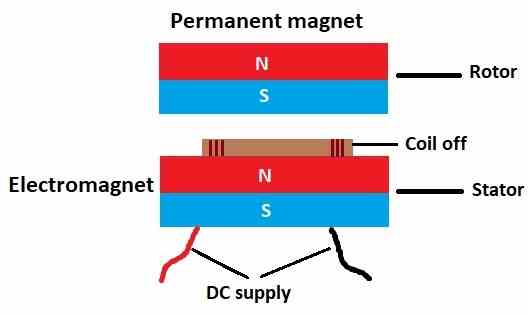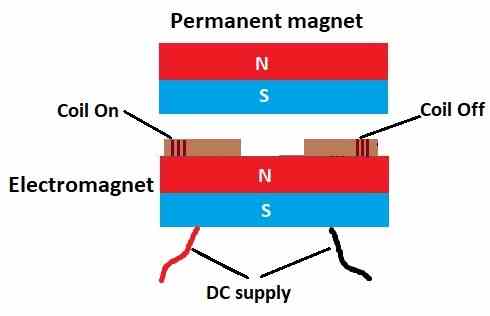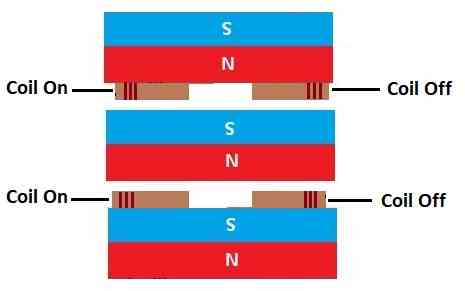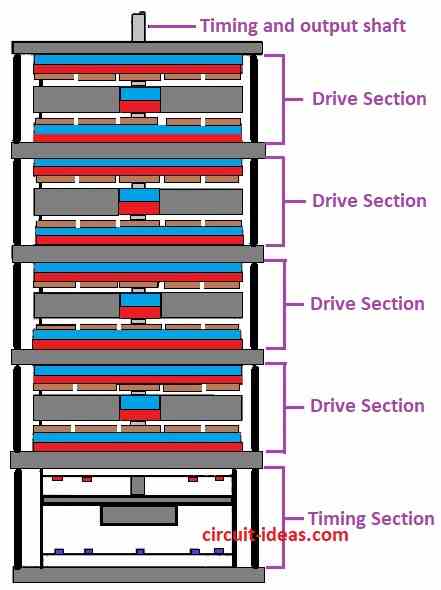Permanent magnets are very important in finding new better energy.
People talk about this a lot.
Many scientists say magnets are not good for making power all the time.
They think magnets can not give energy forever.
But new ideas and inventions show maybe magnets can do more than we think.
This article for The Secret Behind Adams Free Energy Motor circuit talk about new ways to use magnets for energy which is not like normal science says.
It show examples like Robert Adams motor and Charles Flynn design.
These uses magnets to maybe make power all the time and work better.
We also talk how new energy ideas fight with old science thinking.
Maybe some are big groups that stop these new ideas from growing.
Come see this interesting world of magnet energy and how it can change power in future.
Knowing Permanent Magnets and Their Potential Power
Some people call permanent magnets a continuous power source.
They believe magnet poles make a dipole that disturbs the zero point energy around it.
This makes energy flow all the time which is shown as “lines of magnetic force.”
Like a magnet stays on fridge door for years it shows power is always there.
But normal science says magnets is not good for making electricity.
This is because people do not fully know how to use magnet energy properly.
Problem is magnets make balanced magnetic fields.
It is hard but possible to break this balance using many magnets to make power.
One man Robert Adams from New Zealand made a motor that works 800% better than normal motors.
Science says this not possible.
But Adams still shared his work even when his life was in danger.
His motor uses pull from permanent magnets and metal cores of still electromagnets which is not electric pulses.

Here is the operation of the Adams Motor:
Iron cores in electromagnets pull on magnets on rotor.
This makes rotor spin and turns the motor.
This is called magnetic attraction.
Making Energy:
Spinning magnets make electricity in coil wires.
This power goes back to charge the motors battery.
Fighting Drag:
Small electric current is sent to coils to stop magnets from pulling back too hard and this helps rotor spin easier.
Saving Energy:
When power to coils is stopped then the leftover energy (called Back EMF) is saved and sent back to charge the battery.
Extra Power:
More coils can be turned ON for a short time.
This makes more current and can push rotor better and maybe giving over 1000% efficiency.
One test showed 32 kilowatt output from just 27 watt input.
The Adams Motor works very well but goes against normal science.
It looks like it takes energy from the environment and something science does not usually accept it.
Adams Motor says free energy is real and always around like solar or wind power.
But normal science does not agree with this idea yet.
Another man named Charles Flynn made a different motor using magnets too.

Flynn uses electric screening to reduce magnetic drag.
His invention uses flat wire coil with permanent magnets.
When the coil is OFF then it makes no magnetic field.
So the stator magnet pulls rotor magnet same from front and back.
This balance helps rotor move with less drag.

Rotor moves forward because Flynn turns ON the one coil and keeps the other OFF.
This stops backward pull and lets rotor spin.
Flynns motor uses very little power from a small 9V battery but still runs very fast up to 20,000 RPM.

Motor gets more power by adding many magnets and using resistors and LEDs to control timing of electric pulses.

Conclusion:
This guide for The Secret Behind Adams Free Energy Motor even if these motors work well and show big promise but their ideas go against normal science rules.
Some people think powerful groups do not want these new energy ideas to grow, maybe to keep old energy systems in control.
Leave a Reply